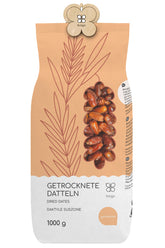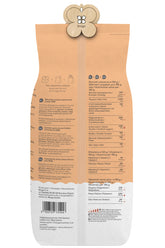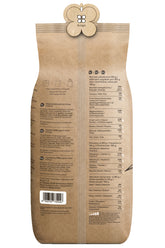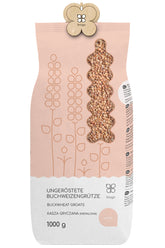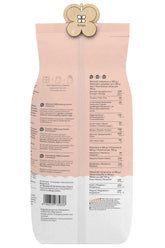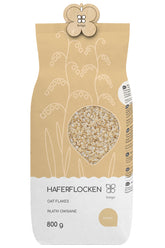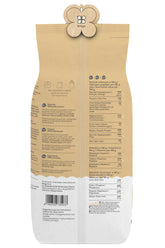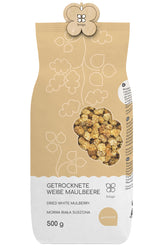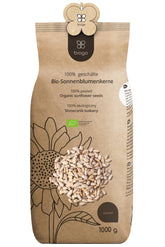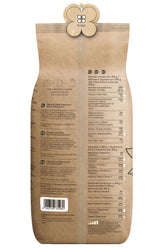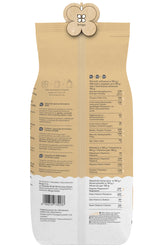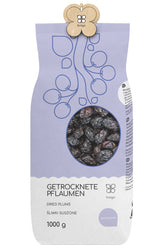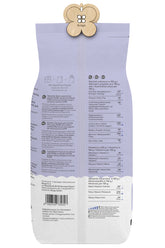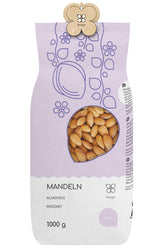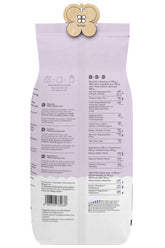In our fast-paced world today, it is more important than ever to pay attention to a balanced and nutrient-rich diet. Microgreens and sprouts play an increasingly important role in this. These small plants are not only a flavor enrichment but also true powerhouses when it comes to vitamins, minerals, and secondary plant compounds. In this blog post, you will learn why you should integrate microgreens and sprouts into your daily diet and how you can easily grow them yourself.
What are microgreens and sprouts?
Microgreens are young seedling plants that are harvested about 7-14 days after sowing. They are characterized by their intense color, strong flavor, and high nutritional value. Compared to their mature counterparts, microgreens contain up to 40 times more vitamins and antioxidants.
Sprouts, on the other hand, are the germs of seeds, beans, lentils, or grains that are harvested after 2-7 days. They are also very nutrient-rich and are often eaten raw in salads, on sandwiches, or as a snack.
Why are microgreens and sprouts so valuable?
Microgreens and sprouts are true power foods that can score with a variety of health-promoting ingredients:
High nutritional value
In the young plants, nutrients are particularly concentrated. For example, microgreens contain up to 40 times more vitamins, minerals, and phytonutrients than their mature counterparts. Sprouts, in turn, are rich in protein, fiber, B-group vitamins, and vitamin C.
Antioxidant effect
Microgreens and sprouts are true powerhouses when it comes to antioxidants. These neutralize free radicals and thus protect against oxidative stress and its consequences such as premature skin aging or cardiovascular diseases.
Positive effect on the immune system
The many vitamins, minerals, and phytonutrients in microgreens and sprouts have been proven to strengthen the immune system. They stimulate the formation of defense cells and thus increase the body's resistance.
Support in detoxification
Some components in microgreens and sprouts, such as chlorophyll, can support the body in detoxification by binding and eliminating toxins.
Positive effect on heart and circulation
The high content of folic acid, potassium, and magnesium in microgreens and sprouts can have a beneficial effect on blood pressure and heart health.
Promotion of gut health
Thanks to the fiber in sprouts, digestion is stimulated and the gut flora is positively influenced.
How can I grow microgreens and sprouts myself?
Growing microgreens and sprouts is not as difficult as one might think. With a bit of practice and the right tips, you can easily grow your own mini power foods at home.
Growing microgreens yourself
To grow microgreens, you only need seeds, a shallow growing container, some soil or coconut substrate, and water. The seeds are sown densely on the soil, lightly pressed, and kept moist. After about 7-14 days, you can harvest the microgreens by cutting them about 2-3 cm above the soil.
Growing sprouts yourself
Sprouts can also be easily grown at home. For this, you need seeds, a mason jar or a special sprouting container, and some water. The seeds are placed in the container, covered with water, and soaked overnight. Afterwards, they are rinsed regularly with fresh water until the sprouts are ready for harvest after 2-7 days.
Conclusion: Microgreens and sprouts – small powerhouses for better health
Microgreens and sprouts are true nutrient wonders and a great addition to a balanced, plant-based diet. Due to their high content of vitamins, minerals, and phytonutrients, they can strengthen the immune system, promote gut health, and even protect against cardiovascular diseases.
The best part: With a bit of practice, you can easily grow these mini power foods at home yourself and enjoy them fresh and nutrient-rich anytime. Give it a try and bring the power of nature to your plate!

